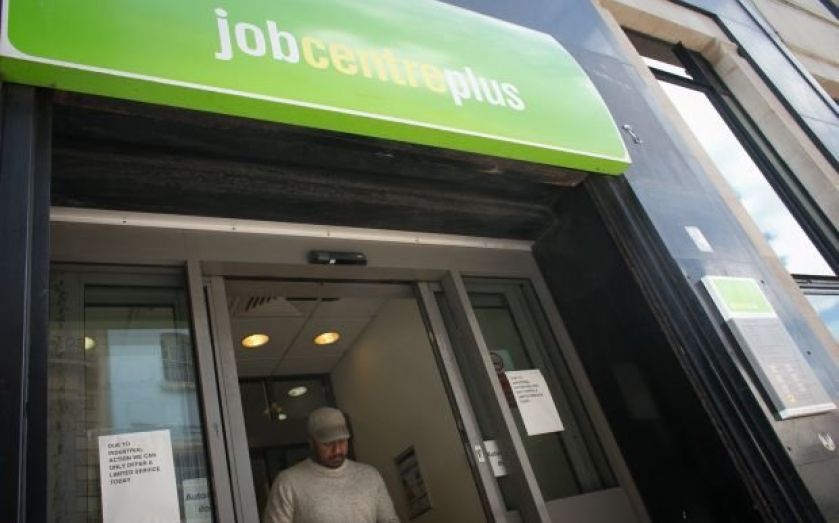Self-employment is at its highest for 40 years

The rise in the employment rate since 2008 has largely been amongst the self-employed, according to new data from the ONS.
What is more, the percentage of the workforce that answers only to itself is at 15 per cent, the highest rate for 40 years. To make matters worse, the average salary for a self-employed person is down 22 per cent on 2008/9.
This is indeed a very different labour market to that of the pre crisis era.
As the graph shows, there has been a steady rise in the number of self-employed people. This rise has been a major force behind higher employment rates.
The problem is that self-employed people have suffered a fall in wages, which could well be because such a large proportion of the group are skilled tradespeople. A greater supply of, for example, builders, means more price competition.
Median wages have been dropping and to compound the problem it has seemingly become more difficult for a self-employed person (assuming they wanted to) to gain work in a company.
The self-employment rate has jumped not because more people are becoming self-employed, but because fewer people are leaving self-employment.
These are perhaps trends we can expect to see after a period in which the economy has been struggling to regain its pre-crisis size.
What it does show us however is that, although the unemployment rate is coming down (6.4 per cent at the last measure), there is still space for conditions in the jobs market to improve.
Real wages are low, and the self-employed are suffering from the cost of living crisis.